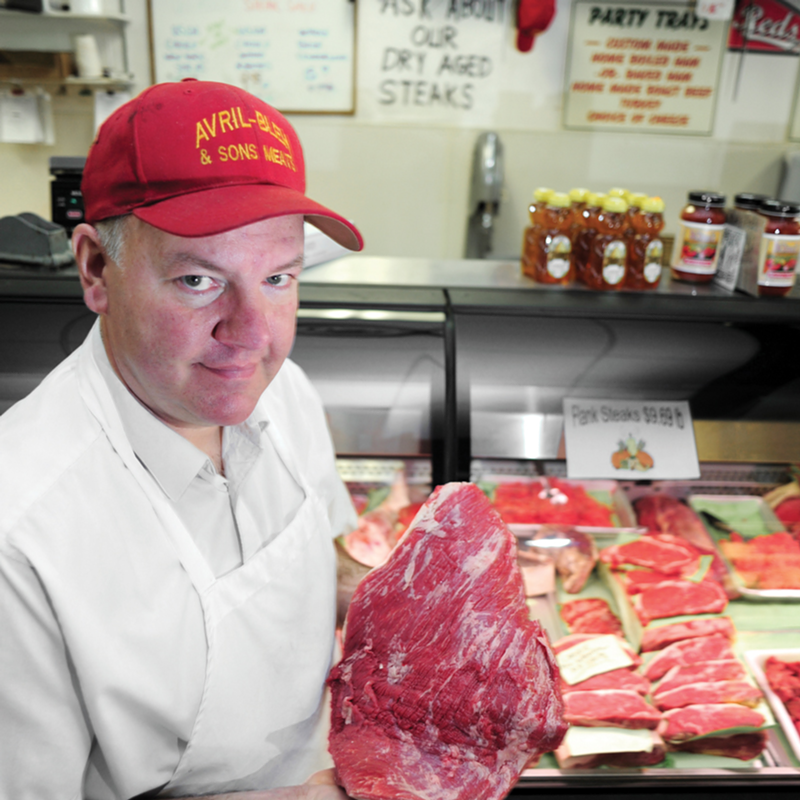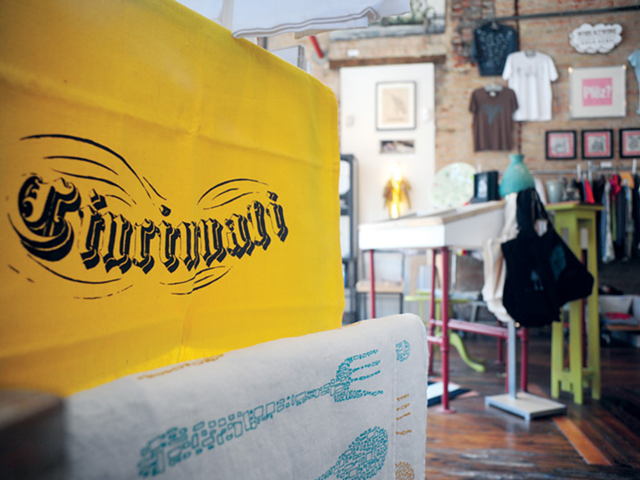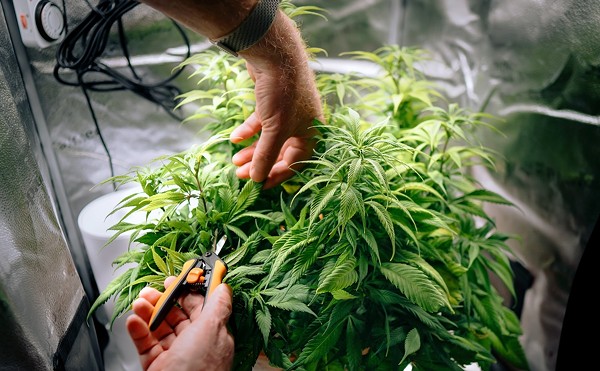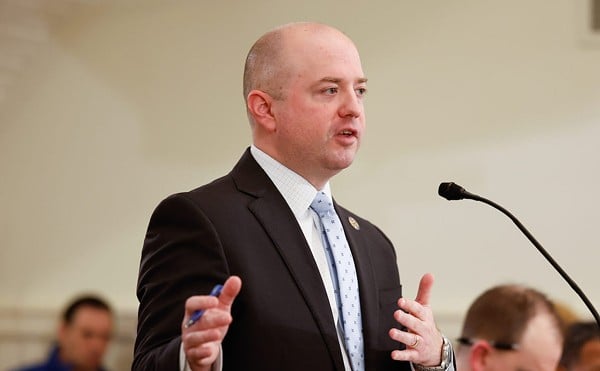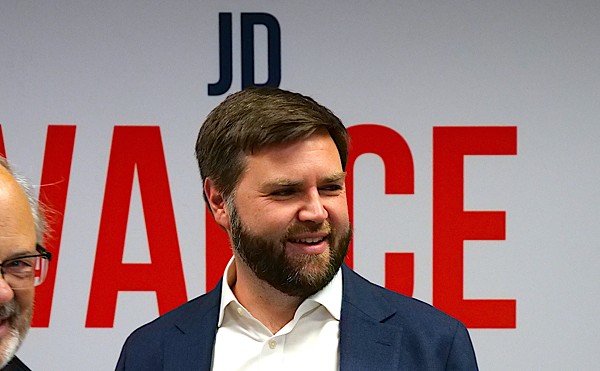“
I
f you don’t know meat, know your butcher” is advice I read on a butcher shop window a long time ago. It came back to me recently when I read an article in The New York Times titled “The Lost Art of Buying From a Butcher.” The bottom line: An experienced butcher will gladly tell you more than a package ever will.
How you plan to cook meat determines which cut you need to buy, and it’s nice to have advice that goes beyond an orange sticker that says “Great For Grilling.” I’ve seen people stand blankly in front of a cooler full of plastic-wrapped, styrofoam-trayed meat in the supermarket and turn to ask any random passerby, “Will this work in the Crockpot?” Better to ask an expert.
I’m a pretty good cook, but there are cuts of meat that stump me. What’s the difference between a top round, bottom round and eye of the round? I’m sure it’s where the meat was when it was still attached to the cow, but what the geography of a cow means to a recipe I’m not entirely sure.
That’s because outside of an old-fashioned butcher, there are “not many people who can block a side of beef,” explains Len Bleh of Avril-Bleh & Sons Meat Market on Court Street Downtown. He’s an old-fashioned butcher who can put half a cow carcass on a butcher block and cut it into steaks, roasts and less common cuts. It’s a specialized art that was much more common before packing houses started shipping boxed beef, which involves pre-cutting the carcasses into sections that include the top-sellers to be custom-cut at their final destination. Avril-Bleh handles whole sides of beef as well as boxed beef, so they have plenty of popular cuts but also offer hanging tenders, oxtails, beef cheeks and caul fat.
“We have sirloin steaks that include top sirloin, the bone and the tenderloin,” Bleh says. “Grocery store packages usually just have the top sirloin. There’s a big difference between our cut and theirs. We sell soup meat, fat-on brisket and neck meat. One of our customers comes in just for neck meat.”
At a butcher shop, you’re encouraged to ask questions. If you’re looking for the right cut for your Crockpot or your green egg smoker, they’ve got suggestions.
“I’d rather spend time helping the customer up front than have them buy something and ruin it,” Bleh explains. “Then they blame us! I’d rather have thanks than blame.”
One big supermarket that does have a genuine butcher shop on site is Jungle Jim’s International Market in Fairfield. According to its meat operations manager, Scott Severs, Jungle Jim’s has experienced meat cutters on duty at its full service case every day, and they can answer questions, supply recipes and offer suggestions. I asked him what advice he has for a beginner cook.
“A foolproof meat to cook is a boneless chuck roast in the Crockpot,” he advised. “It’s also on special at least once a month, so it gives you the most bang for the buck.”
But what about something with a little more “wow” factor for the holidays? Severs suggests a dry-aged prime rib roast — a standing rib roast — and I’d probably agree. It’s what my dad always made when we came home for Christmas and he really wanted to celebrate.
You can start off by consulting with the butcher about how big of a roast you need — anything less than three ribs and you lose the showy look of the roast. There’s also the bone factor. With the bone attached the roast can be a challenge to carve, so some suggest you get the butcher to cut it off the bone and tie it back on. Not my choice, but you may disagree. Be sure to leave enough fat on to flavor the beef. You’re not going to eat meat like this every day, so go for it.
The nice thing about roast beef is that there’s really only one ingredient that counts — the beef. Assuming you have salt and pepper in your cupboard and a roasting pan big enough to sit it in, there’s nothing else to buy. An instant meat thermometer is a good tool to have, too.
Don’t take the meat out of the fridge and put it straight in the oven. It’s best to let it sit out and come to room temperature for at least an hour if you’re hurried and up to two if you’re not.
Preheat the oven to 425 degrees. Then stand the roast in the pan so the ribs form a rack underneath it and the fat is on top. Rub the whole roast thoroughly with salt and pepper, and start it out in the hot oven for 20 minutes. Then turn the oven temperature down to 350 degrees, and continue to roast it until it’s been in there about 15 minutes per pound for rare or 20 minutes per pound for medium rare.
Another important step is to take the roast out of the oven and let it stand, uncovered, for another 20 minutes before you cut it. This resting period lets the meat reabsorb juices evenly so they don’t run out on the first cut, leaving the meat dry.
What to serve with the roast? I’m married to a Brit, so I’m going to say Yorkshire pudding, but you know your audience better than I do. Don’t overdo the side dishes — let the meat be the star of the show. Sharpen the carving knife and enjoy, then when you go back to the butcher’s for that Crockpot chuck roast you can tell ’em how great it was. They’ll appreciate the feedback.
©
